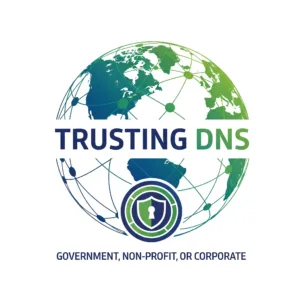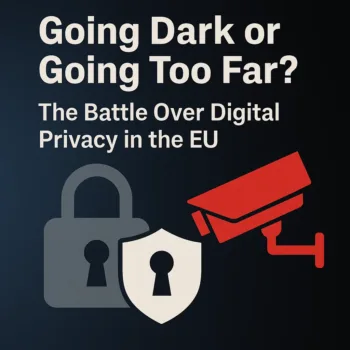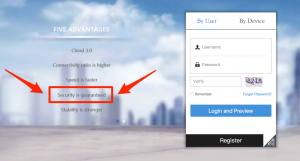
Ready for Red Teaming?
Red teaming is often seen as the pinnacle of offensive security: A simulated, no-holds-barred attack that tests your organization’s detection and response capabilities in real-world conditions. But while it’s tempting to jump into red teaming for the prestige or thrill, the timing matters. Starting too early, or without the right foundations, can lead to wasted effort, misunderstood results, or even dangerous blind spots. It’s not just about breaking in, it’s about seeing how well your defenses hold up and whether your team knows how to respond. Without the right preparation, the real lessons can be missed.
So when is your organization actually ready for red teaming?









